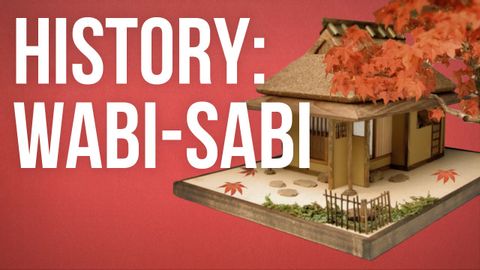一起認識日本美學:侘寂究竟是什麼?(HISTORY OF IDEAS - Wabi-sabi)
PC home 發佈於 2022 年 08 月 18 日  沒有此條件下的單字
沒有此條件下的單字US /ˌmɛdɪˈteʃən/
・
UK /ˌmedɪ'teɪʃn/
- n. (c./u.)默想;冥想;沉思;禪修;引導式冥想
US /ɪˈnɔrməs/
・
UK /iˈnɔ:məs/
US /ɪˈlæbəret/
・
UK /ɪ'læbəreɪt/
- v.t./i.闡述;闡述中;詳細闡述;詳細制定
- adj.精心製作的
US /əˈpriʃiˌet/
・
UK /ə'pri:ʃɪeɪt/
